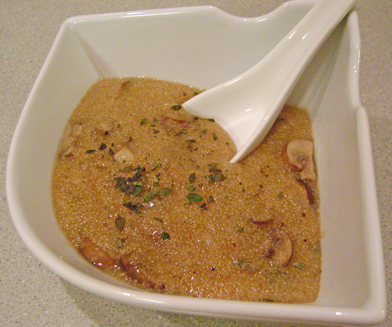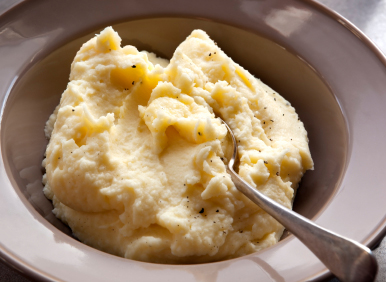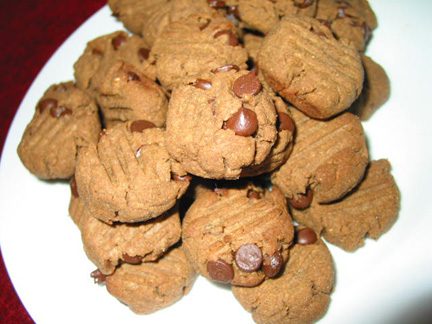Share This
Let’s be real. We’re never not celebrating whole grains here at Oldways. But every September, in honor of our favorite month, we kick into high gear. In fact, we’re even giving away $500 in our Instagram Contest.
While these little nutrient powerhouses are an important part of a healthy diet every day of the year, Whole Grains Month is the perfect opportunity to get out of a rut and broaden your whole grain horizons. Recent data show that most people are already eating whole grain breakfast cereal and whole grain sandwich bread. Brown rice and oatmeal are pretty common too. But beyond these old standbys there is a whole world of whole grain recipes to explore. Here is a look at some of the “lesser known” whole grains and our favorite ways to cook them.
Amaranth
Amaranth is a tiny grain native to Latin America, with a distinct, almost peppery flavor. Like oats, amaranth forms a more porridge-like texture when cooked, making it ideal for savory polenta dishes or sweet breakfast porridges. These little flavor kernels can also be used as a crunchy coating for chicken or shrimp. Get started with this amaranth polenta with wild mushrooms recipe on our site.
Farro
Farro is an ancient wheat with a nutty, full flavor and a pleasantly chewy texture. Unlike brown rice, farro maintains its chew when chilled, so it’s a perfect base for grain salads or sprinkled on a bed of greens. Farro also stars wonderfully in grain pilafs, stir frys and curries, or subbed for rice in rice and bean dishes. Be sure to pick out whole grain farro, rather than pearled farro, which has had some of the bran removed. Our Italian bean and farro soup is a comforting dish for crisp fall days, while our orange-scented farro with figs and pistachios showcases the sweet side of the grain.
Millet
Millet is a delightfully buttery whole grain that cooks up in just under 30 minutes. With less water, it can be fluffy and rice-like, and with more water it can take on a sticky, stuffing-like texture. Millet makes a wonderful base for curries and stir fries, and is also a great binder for patties and croquettes (like millet burgers or millet cakes). My first introduction to millet was this hearty chicken, millet and mushroom one-skillet meal, a recipe that I’ve returned to countless times over the years. For millet-newbies, this millet-cauliflower “mashed potato” recipe on our site is one of my all-time favorites!
Sorghum
Sorghum, also called milo, cooks up in about 25-40 minutes, and can be substituted for couscous in recipes, due to the similar size and texture. Like other whole grains, these chewy little pearls work well as a base in grain bowls, curries, and other entrees. Sorghum has a mildly sweet flavor that pairs remarkably well with southern ingredients, including pecans, peanuts, bourbon, molasses, and ham. For a light and refreshing taste of sorghum, try this zesty grain salad with feta and herbs.
Teff
While teff is most recognized as the foundation of Ethiopian injera bread, teff exudes mild cocoa and hazelnut undertones that join well with other rich flavors (like chocolate, nuts, pumpkin, and cumin). Similar to amaranth, cooked teff is a creamy grain well suited for both sweet and savory porridges. It can also be used as a filling in stuffed peppers. The teff cookies featured here are an excellent way to showcase the grain’s rich, chocolatey aroma, although I hear that teff brownies are equally divine.
Have you been experimenting with new whole grains lately? Share your creations with friends and family and on Instagram (#sharewholegrains), and you just might be selected as a winner. (Kelly)




Add a Comment